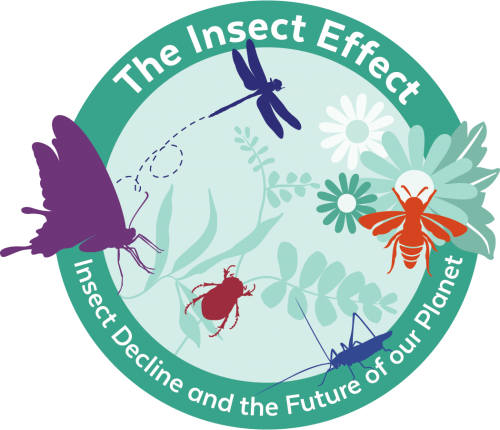 With an estimated 5.5 million species, insects are the most diverse group of animals on the planet. More than one million have been named by scientists — and many more have yet to be discovered. In fact, insects account for 80% of animal life on Earth.
With an estimated 5.5 million species, insects are the most diverse group of animals on the planet. More than one million have been named by scientists — and many more have yet to be discovered. In fact, insects account for 80% of animal life on Earth.
But, both the number and diversity of insects are declining around the globe due to habitat loss, pollution and climate change. Without widespread action, many of these important creatures face extinction within the next few decades.
By making a few small changes in your life, you can help curb this worldwide problem. Watch the video and visit the links below to learn more about why insects are crucial to life on Earth and what you can do to help save these amazing creatures.
What can I do to help?
Local, national and international efforts can help solve this crisis. Individuals can help through low-effort, impactful changes: Cultivating insect-friendly outdoor spaces, taking our pledge and spreading the word! Click the boxes below to learn more about how you can protect the insects.
Why should I protect insects?
While many insects can seem like pests, they provide a wide range of services to other plants and animals in our environment. In fact, a diverse range of insect species is critical to the survival of most life on Earth, including bats, birds, freshwater fishes and even humans! Along with plants, insects are at the foundation of the food web, and most of the plants and animals we eat rely on insects for pollination or food. For example, 96% of songbirds feed insects to their young.
If a dollar value was put on the services insects provide, this would equal roughly $70 billion in the U.S. alone. These services include:
- Pollinating food crops and natural habitat: According to the U.S. Natural Resources Conservation Service, roughly 35% of the world’s food crops depend on pollinators to reproduce. That means you can thank a pollinator for about one of every three bites of food you eat. According to the U.S. Fish and Wildlife Service, more than 100,000 different animal species play roles in pollinating the 250,000 kinds of flowering plants on Earth, with insects like bees, wasps, moths, butterflies, flies and beetles being the most common. Additionally, some insects are natural predators to pests that may harm food crops.
- Removing waste: Some insects are known as decomposers, meaning they break down dead materials like fallen leaves and animal carcasses and turn them into simpler materials, making nutrients available to primary producers like plants and algae. In other words, decomposers are nature’s own recycling system.
- Controlling pests: Only a very small fraction of insects in the world are considered by humans to be pests, meaning they cause harm to people, plants, animals and buildings. While insect pest control costs the U.S. economy billions of dollars annually, this number would be much higher if it weren’t for the countless beneficial insects that serve as natural predators to pest species, like fire ants and mosquitoes. Additionally, some parasitic insects like small wasps lay their eggs inside pest species, driving their population down. To adequately control pests, we need beneficial insects.
- Providing nutrition for wildlife: Insects are the primary menu item for many reptiles, birds and amphibians. If insect populations continue to decline, some food webs might collapse entirely.
We also depend on insects for silk, dyes, honey and medical and genetic research. But, aside from the services insects provide, they are simply fascinating animals that spark curiosity in humans, especially children. These incredible creatures exhibit many extraordinary behaviors that are unthinkable in other forms of life and have inspired technology that we use today, like drones! Take some time to really observe the insects in your backyard, what behaviors do you see that captivate you?
Since many insects have yet to even be discovered, there may be benefits we don’t even know about yet!
Check out our latest Insect Effect content:
Read moreJoin our Insect Effect Bioblitz!
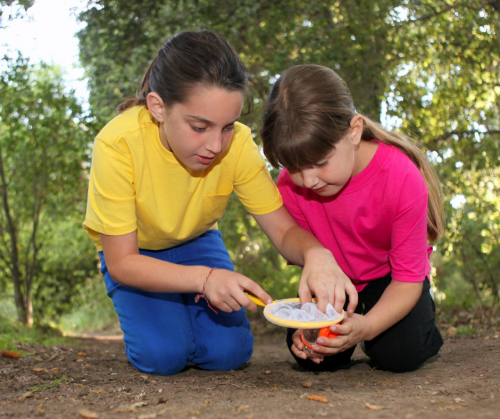 Share the insect discoveries in your Florida yard using iNaturalist by visiting the following link: The Insect Effect Bioblitz. New to iNaturalist? Visit our Facebook Insect Effect Bioblitz event page to learn more about how to participate.
Share the insect discoveries in your Florida yard using iNaturalist by visiting the following link: The Insect Effect Bioblitz. New to iNaturalist? Visit our Facebook Insect Effect Bioblitz event page to learn more about how to participate.
We can’t wait to see what you find!
Featured scientists
Have additional questions about this campaign or insects in general? Reach out to one of our featured scientists who are ready to answer your questions.
Meet Florida’s Insect Influencers
Although many Floridians may associate the word insect with those pesky mosquitoes, our state is home to so many beneficial bugs! Watch the videos below and download our Instagram slider series to meet some of Florida’s Insect Influencers and find out why they’re so important.
When sharing on social media, be sure to use the campaign hashtag: #ProtectTheInsects, and tag us: @UFEarthSystems on Facebook and Twitter and @KnowYourFlorida on Instagram.
Videos
Watch and share these Insect Influencers videos featuring some of Florida’s beneficial bugs. See the example below. To view all of our Insect Influencer videos, visit the following link: Insect Influencer Playlist.
Instagram Sliders
Click on the images to download an Instagram slider series for each of our Insect Influencers! Only the three most recent sliders are visible here. To view and download all of our sliders, visit our Insect Influencers Instagram Sliders page.
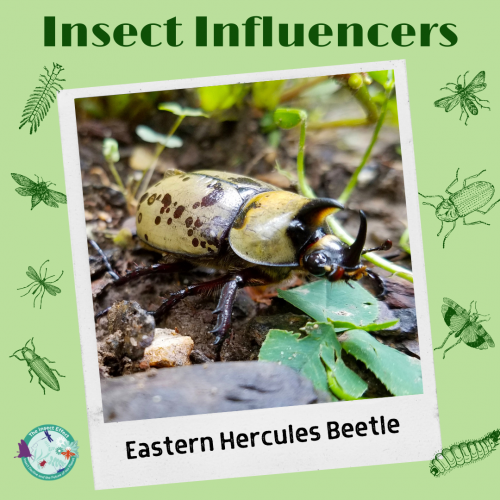 |
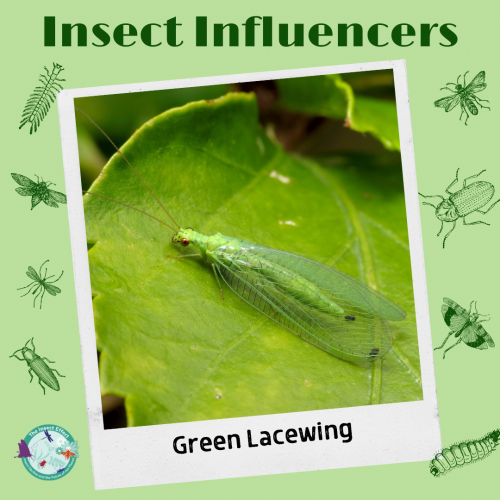 |
 |
Sources
- Worldwide decline of the entomofauna: A review of its drivers. Biological Conservation (2019)
- Why insect populations are plummeting—and why it matters. National Geographic (2019)
- Insects & Pollinators. Natural Resources Conservation Service. (2020)
- Importance of crop pollinators in changing landscapes for world crops. Proceedings of the Royal Society B: Biological Sciences. (2006)
- Economic Value of Ecological Services Provided by Insects. BioScience. (2006)
- Mid-Atlantic native meadows: guidelines for planning, preparation, design, installation, and maintenance. Xerces Society, Portland. (2020)
- Mapping and modeling the biogeochemical cycling of turf grasses in the United States. Environmental Management. (2005)
- Field Guide to the Birds of North America. National Geographic Society. (1999)
- Emerging threat of the 21st-century lightscape to global biodiversity. Global Change Biology. (2018)
About this campaign
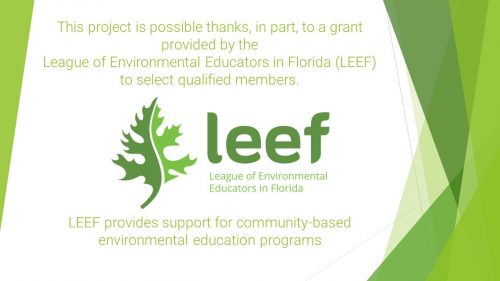 This campaign is brought to you by the UF Thompson Earth Systems Institute and the Florida Museum of Natural History, with funding support from the League of Environmental Educators in Florida. Participating partners also include the Florida Native Plant Society and the Florida Association of Native Nurseries.
This campaign is brought to you by the UF Thompson Earth Systems Institute and the Florida Museum of Natural History, with funding support from the League of Environmental Educators in Florida. Participating partners also include the Florida Native Plant Society and the Florida Association of Native Nurseries.
Partners
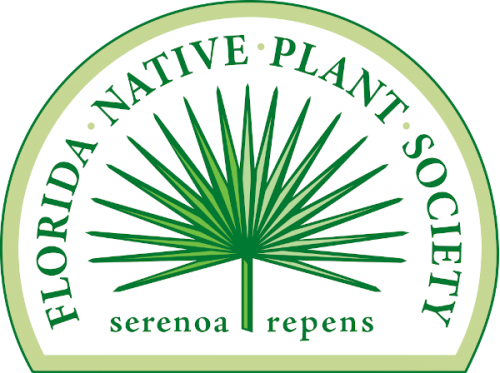 |
 |
